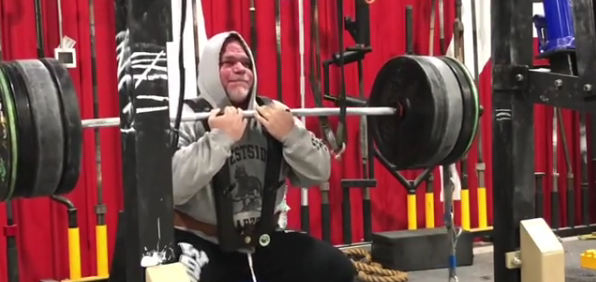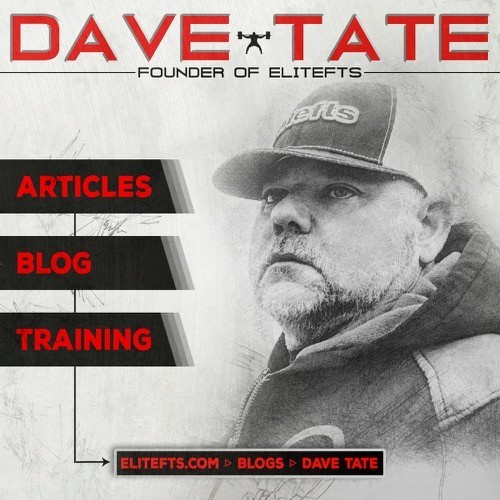
Regardless if you train using Block Methods, Western Linear Methods, Undulating, Concurrent, or any other type of training method, supplemental movements are usually involved. I’d go as far as to say that even those who don’t use supplemental movements per set still train the main lifts in both programmed and supplemental ways. Even if all a lifter does to develop their squat are squats, rarely will they just work up to their work sets of the squat and then call it a day. They’ll typically do a few variations of the movement such as walkouts, pause squats, and use a few different stances. Point being, in one way or another, supplemental and accessory work is a part of all training.
Powerlifting is judged solely by your performance in the squat, deadlift, and bench press. These are your main lifts, your main objective, and your sport. It’s not unlike how a track athlete is judged by his or her time or distance in their respected event. So with the squat, deadlift, and bench press at the top of the food chain, the supplemental and accessory lifts are intended to increase those lifts, or what we’ll call the “Strength of the Sport Skill.” With that in mind, there are two schools of thought:
1. Train the main lift to develop the main lift. “To get a bigger squat, you gotta squat. To get a bigger deadlift, you gotta pull. To get a better bench press, you gotta bench.” The big lifts are the focus and appear throughout the training cycle. What changes is the volume and intensity.
2. Find the weak point in the lift and strengthen it. This in turn will strengthen the big lift. The main lift may not even a part of the routine, but improving it is always the objective.
Both approaches are right. However, even those who live by #1 still do other exercises -- they just keep their focus on the big lift. And guys who follow approach #2 still do the main lifts too.
Both methods agree that the technical aspects of the competitive lifts must be trained, even those who fall more in line with #2. Fact is, many times the lifts and techniques used to address weak points are being used to correct technique as much as develop strength.









